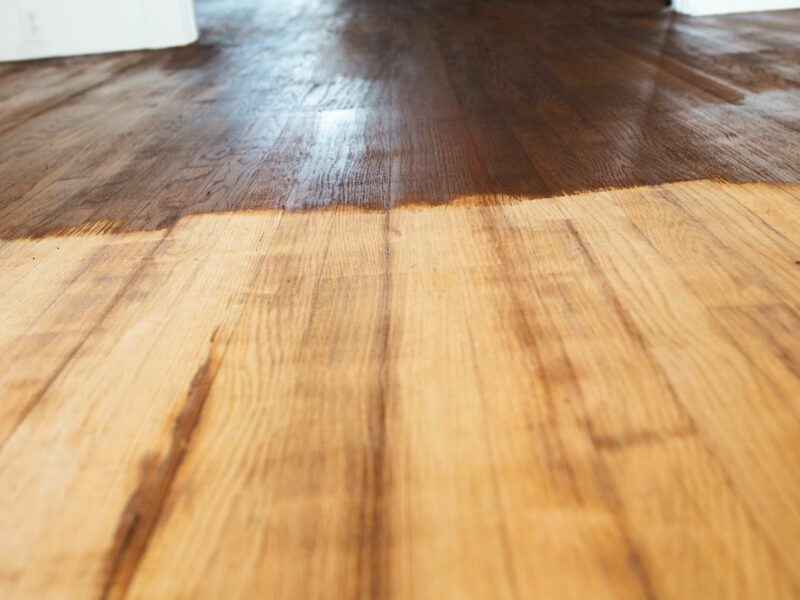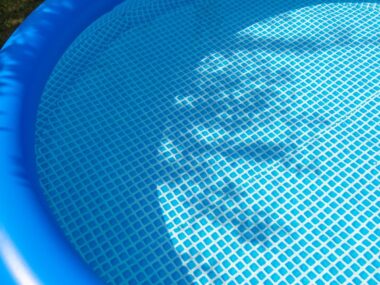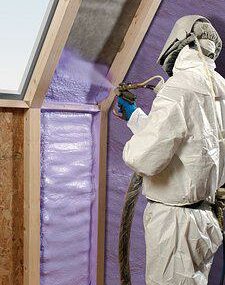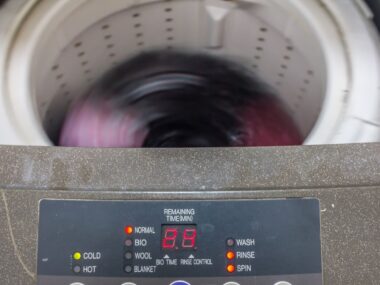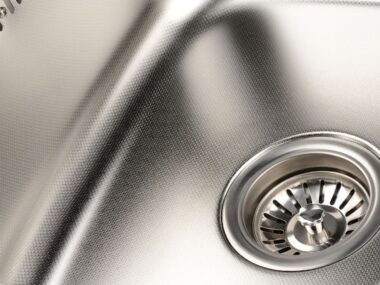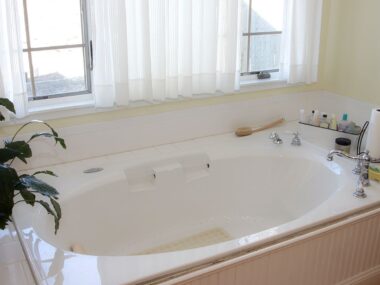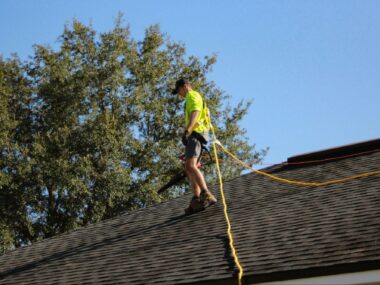As a flooring specialist with years of experience, I’ve had numerous clients ask me the same essential question: when is the right time to refinish hardwood floors? Hardwood flooring is a beautiful, durable choice that adds warmth and elegance to any home. However, to retain its beauty and structural integrity, it needs regular care and maintenance, which sometimes includes refinishing. Homeowners are often concerned about the cost of refinishing hardwood floors, which can vary depending on the floor’s condition, size, and type of finish used.
Understanding these costs can help you plan and budget for the necessary work. This article will guide you through the various signs and conditions that indicate your hardwood floors are due for refinishing, helping you make informed decisions about timing and expenses.
Additionally, it’s essential to consider the benefits of refinishing, which go beyond aesthetic appeal. Properly refinishing your floors can improve their longevity, increase your home’s value, and offer protection against daily wear and tear. With this comprehensive guide, you’ll be better equipped to determine when and why to invest in refinishing your hardwood floors.
Signs It’s Time to Refinish
1. Scratches and Scuffs
One of the most obvious signs that your hardwood floors need refinishing is the presence of numerous scratches and scuffs. While minor scratches can be a natural part of a floor’s wear-and-tear, an abundance can make the floor look worn and unattractive. Heavy foot traffic areas like hallways, living rooms, and kitchens are especially prone to these blemishes. Refinishing helps remove these imperfections, restoring the floor to its original beauty.
2. Fading and Discoloration
Hardwood floors exposed to the sun over time become faded and discolored. UV rays can bleach areas exposed to direct sunlight, making the floor appear uneven in color. If you notice significant color differences between regions covered by rugs and areas exposed to light, it’s a strong indication that refinishing is necessary to restore uniformity. Applying a sealant with UV protection during refinishing can help protect against future sun damage.
3. Water Damage
Water is hardwood’s arch-nemesis. Spills, leaks, and high humidity can lead to visible water stains and, in severe cases, wood warping. In regions with high humidity or frequent rain, it’s essential to watch for water-related damage.

If water damage exists, sanding down and refinishing might resolve superficial issues. However, deeply penetrated water damage might require board replacement. It’s always a good idea to consult with a professional to assess the level of damage.
4. Dull and Lackluster Appearance
Over time, hardwood floors can lose their shine, even with regular cleaning. If your floor looks dull and lacks its original luster, it’s a clear sign that the protective finish has worn thin. Refinishing will reapply the protective layer, bringing back the shine and protecting the wood underneath. This enhances visual appeal and adds a protective layer against future wear and tear.
5. Difficulty Cleaning or Permanent Stains
When routine cleaning no longer revives the appearance of your hardwood floors and stains become stubbornly ingrained, that’s a surefire sign it’s time for a refinishing job. This indicates that the protective finish coat has worn off, leaving the wood vulnerable and more difficult to clean. Frequent spills and accidents in the home, such as pet stains or dropped liquids, can exacerbate this issue.
Conditions to Consider
1. Age of the Floor
The age of your floor plays a significant role in determining whether refinishing is necessary. Generally, solid hardwood floors can be refinished multiple times (5-7 times), as their thickness allows sanding down to expose fresh wood. In contrast, engineered hardwood floors may only withstand a couple of refinishing jobs due to the thinner top veneer. If available, checking the floor’s history can provide insight into how many times it has been refinished before.
2. Thickness of the Wood
Before deciding to refinish, check the thickness of your hardwood. Solid hardwood floors are thick enough to handle several sanding and refinishing cycles. However, if your floor has been refinished several times already, the wood might need to be thick enough to undergo another sanding. Consulting with a flooring specialist will help you make an informed decision.
The Refinishing Process
Understanding the refinishing process can help you gauge the right time for refinishing. Here’s a brief overview:
1. Preparation
The first step involves preparing the room by removing all furniture, rugs, and any other objects. Ensuring the area is clean and free of obstructions makes the process smooth. Covering doorways and vents with plastic sheeting helps control dust and debris during sanding.
2. Sanding
Sanding removes the old finish and the top layer of the wood, eliminating surface scratches and stains. This step requires professional-grade equipment to achieve a uniform finish.

Depending on the condition of the floor, multiple passes with different grit sandpapers may be necessary to achieve the desired smoothness.
3. Staining (Optional)
If you desire a different color or need to restore the original shade, staining is applied after sanding. This step is optional but can significantly enhance aesthetic appeal. It’s an excellent opportunity to refresh the look of your space by choosing a new stain color that complements your current decor.
4. Sealing
The final step involves applying a sealant or finish to protect the wood. Typically, multiple coats are needed, with drying time in between. The finish not only restores shine but also shields the wood from future damage. Options for finishes include oil-based polyurethane, water-based polyurethane, and penetrating oils, each offering different levels of durability and sheen.
Maintenance Tips to Extend the Life of Your Refinish
1. Regular Cleaning
Dust and debris act like sandpaper on finished wood surfaces, causing scratches. Regular sweeping or vacuuming can minimize this damage. For a deeper clean, use a damp mop with a hardwood-friendly cleaner. Avoid using excessive water, as it can cause damage over time.
2. Area Rugs and Mats
Placing area rugs or mats in high-traffic areas reduces the wear and tear on your hardwood floors. Ensure the rugs have a non-slip backing to prevent slipping and sliding, which can cause further damage. Rotating rugs occasionally can also prevent uneven wear and sun exposure.
3. Furniture Pads
Attach felt pads to the legs of your furniture. This will prevent scratches and dents when moving furniture, especially on heavier pieces. Regularly check and replace the pads as they wear down to maintain their effectiveness.
4. Control Humidity Levels
Wood expands and contracts with changes in humidity. Maintaining consistent indoor humidity levels (30-50%) will help prevent your floors from warping or gapping. Using a humidifier in the winter and a dehumidifier in the summer can help control indoor moisture levels.
Conclusion
Hardwood floors are an investment that, with proper care, can last for decades and add tremendous value to your home. Recognizing the signs and conditions that indicate when to refinish can help you maintain their beauty and durability. By regularly inspecting for scratches, fading, water damage, and dull finishes and considering the age and thickness of the wood, you can ensure your hardwood floors remain a lasting, beautiful feature of your home.
Taking these proactive steps will help you avoid more extensive and costly repairs, ensuring that your hardwood floors continue providing both beauty and functionality for many years. Remember, timely refinishing enhances the aesthetic appeal and extends the life of this valuable asset, proving that a bit of maintenance goes a long way.
With these insights and tips, you can confidently take the necessary steps to maintain and enhance your hardwood flooring, preserving the charm and sophistication it brings to your living space. Whether you’re a seasoned homeowner or new to hardwood floors, knowing when and how to refinish will ensure your floors remain in top condition for generations to come.
